Organizational Culture Exercises for Team Building
Organizational culture is not always easy to pin down, as it depends on several factors. It can also be constantly switching, changing, and evolving over time. Identifying the organizational culture of your business will help to improve communication and employee engagement in the work environment.
Try using organizational culture exercises to unify your teams and increase their interaction with the company’s values and ideals.
How is Organizational Culture Demonstrated and Perceived?
Your organization’s culture will be reflected in some (and possibly all) of the following activities, concepts, processes, and day to day practices:
What do you believe in as an organization?
What values do you as a leader like to see represented in the way you interact with customers?
What product or service does your business provide?
What are the personal values and interests of your team members? How do these align with the company’s values?
What is the main message you wish to share with the world through your business?
How does the world currently perceive your brand?
Are there are any ways in which your company is uniquely disruptive, or innovative?
Are these characteristics displayed in the way you organize your offices?
How does your reception area look, and how do your receptionists interact with your customers and clients?
Do all staff members have a clear idea of the company’s philosophy and values?
Are these ideas clear during the recruitment process and in advertising literature?
Is your brand itself engaging and interesting to your employees?
Culture training activities are a great idea when there’s a need to identify or clarify the corporate culture of your business. This can help to unite your employees and teams behind a specific goal or increase their awareness of your company’s ongoing vision.
Organizational cultures have been said to fall into four main groups:
1. Hierarchical Culture – the classical, controlled, and overly prescriptive culture in which employees focus on receiving instructions from and reporting back to a superior, who in turn reports back to their own superior, and so on.
2. Clan Culture – a more friendly, collaborative culture in which teams work together to provide great service in an environment of task-sharing, communication, and trust.
3. Adhocracy Culture – dynamic, disruptive, creative, and sometimes collaborative, but only when this is deemed to be necessary.
4. Market Culture – driven by achieving results and focused primarily on a high level of competitiveness within the market.
It’s highly likely that your company will embrace more than one of these cultures at different stages in its development. There may also be individual departments that will require a more hierarchical or market culture and others that work better within an adhocracy or clan culture.
Working on large group workshop activities across the company can help you to understand the culture that is predominantly operational within your business. It can also help you to find out whether another culture would be more effective.
Exploring your company’s culture and discussing it with your teams can help to reinforce what’s valuable and enjoyable about working for your company. It can also help to point out any areas where culture is undefined – and where further definition might improve engagement.
Here are a few fun culture training activities to get the conversation started:
Collages
Divide workshop attendees into smaller groups of 5 - 7 people.
Using a pile of magazines, glue sticks, and a large clipboard for each group, ask your team members to cut out pictures they think represent the culture of your organization.
These could be photographs, drawings, symbols, or large words.
Using a large sheet of paper for each group, leave plenty of time for a series of collages to be created. Once all the collages are completed, allow each smaller group to share its discoveries with the larger group.
Clarifying Values
Give each small group 5 large rectangular pieces of white cardboard and thick black marker pens for creating labels. Give your team members time to discuss among themselves what they think the company’s values are. What does the company stand for?
Here are a few examples of the values your company might have at its core:
Efficiency
Communication
Compassion
Friendliness
Quality Customer Service
Creativity
Innovation
Disruption
Style
Fun
Collaboration
Sustainability
Achievement
Contribution
Speed
Quality
Personal Development
Intelligence
Mastery
Equality
Diversity
Elegance
Get your teams talking among themselves to find out which values they think are most clearly represented by the company. Ask each group to select a team member to create 5 labels.
These will be 5 ‘values’ cards, which they will place on the board, using blue tac. The cards should be placed from top to bottom in order of priority. The top card would be what they perceive to be the company’s top value.
After fifteen to twenty minutes, ask your teams to report back to the group and share their findings.
Removing any duplicates, place all the cards up on a larger board where everyone can see them. (Duplicates may also raise interesting points and reinforce perceptions).
By group consensus, place the values in order, according to which ones the larger group agrees that the company is currently prioritizing.
Choosing a Culture
Share some information with your teams about the four principal cultures – Hierarchical, Clan, Adhocracy, and Market Culture.
Ask for volunteers to give examples of each. For example, clan culture might be exemplified by a family business. A company like Google might have more of an adhocracy culture, etc.
Split the large group into 4 smaller groups and assign a culture to each group. Ask each group to brainstorm words that they believe would fit with that culture and write each one on a post-it note.
At the end of the exercise, each group should have a flip chart or board covered with post-it notes that give a clear sense of their perceptions of each culture.
Once they have completed the exercise, ask the teams to think about which culture is currently operating within the company.
You could also ask which culture they believe works best for the company, which culture they think works best for individual departments, and which works best for them as individuals. This is a great way to clarify or create organizational cultures in real-time.
The Real Magic of Organizational Culture Experiential Exercises
These exercises should be seen as a series of explorations that stimulate discussions about culture. They may help to iron out any confusion within your teams.
Engaging your staff teams through fun activities can help to relieve employees of the pressure of figuring out what works best in the business and whether they’re doing a good job. It will also help to improve company culture, grow trust, and provide you with engaging and informative team-building methods.
These culture-based team-building activities are a great idea when teams seem unclear, unfocused, or disengaged.
Organizational culture experiential exercises can strengthen relationships and collaboration and sometimes reduce pressure within teams.
Click here to discover an exciting and innovative way of working with visual thinking techniques. Discover fun group workshop activities and strategies that get results!






